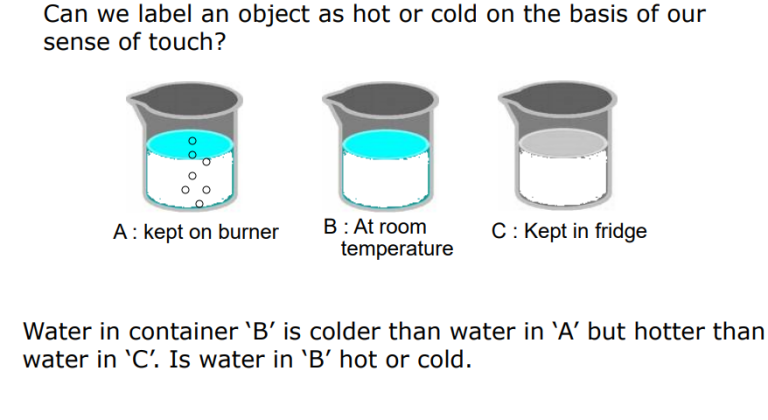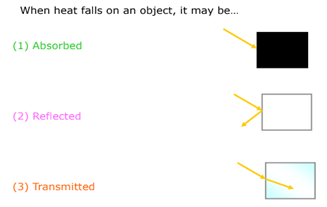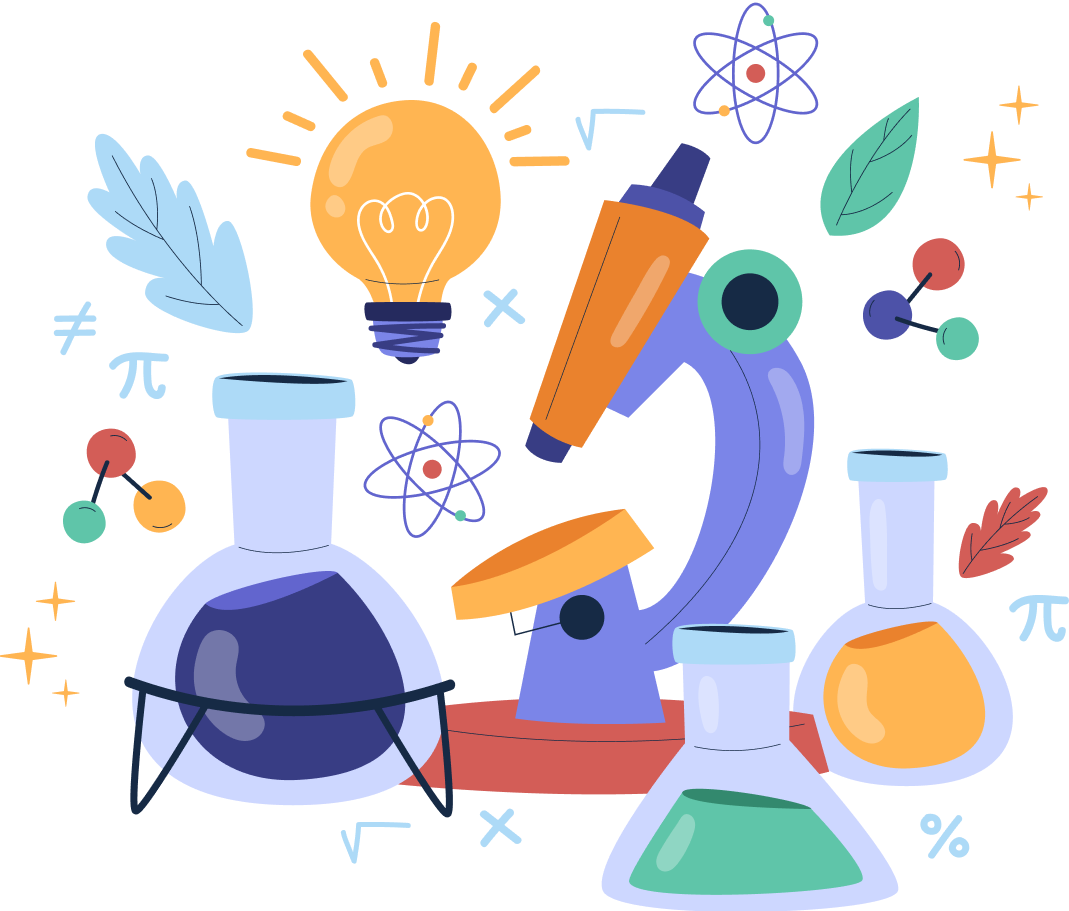Heat- Complete Guide For Class 7 Science Chapter 3
Welcome to iPrep, your Learning Super App.
Our learning resources for the chapter, Heat in Science for Class 7th Chapter 3 are designed to ensure that you grasp this concept with clarity and perfection. Whether you’re studying for an upcoming exam or strengthening your concepts, our engaging animated videos, practice questions and notes offer you the best of integrated learning with interesting explanations and examples.
Welcome to our exploration of Heat, a fundamental concept in class 7 science chapter 3. This chapter delves into the nature of heat, how we measure it, and how it transfers from one place to another.
Let’s break it down step-by-step.
Hot Objects vs. Cold Objects
Heat is a form of energy that can make objects hot or cold. But how do we decide if an object is hot or cold?

How Do We Decide?
The answer is Sense of Touch. We often use our sense of touch to determine if something is hot or cold. However, this method does not provide exact information about the temperature.
Let’s explore more with a simple example:
- A: Kept on a burner
- B: At room temperature
- C: Kept in the fridge
Water in container B is colder than water in A but hotter than water in C. Is the water in B hot or cold?
Answer: To get accurate information, we need to measure the temperature.
Now, let’s explore more about temperature.
Temperature
Temperature provides a precise measure of how hot or cold an object is. It is measured using a thermometer.
Measuring Temperature
Temperature can be measured through thermometers. Let’s learn how we can read a thermometer.
How to Read a Thermometer
- Note the temperature difference between the two larger marks.
- Count the small divisions between these marks. For example, if there are 5 small marks between two larger ones, one small division represents 0.2°C.
There are different types of thermometers. Let’s look at each one of them closely.
Types of Thermometers
Different thermometers are used for measuring temperature:
Type of Thermometer Purpose Range Clinical Thermometer Measures body temperature 35°C to 42°C Laboratory Thermometer Measures temperature of objects -10°C to 110°C Maximum-Minimum Thermometer Measures max and min temperatures of the environment Varies by design
Clinical Thermometer
- Made up of a Long, narrow glass tube with a mercury thread.
- Range: 35°C to 42°C
How to Measure Body Temperature:
- Ensure mercury falls below 35°C.
- Place the bulb under the tongue.
- Wait for one minute.
- Remove and read the temperature.
Precautions:
- Wash before and after use.
- Ensure the mercury level is below 35°C before use.
- Read at eye level.
- Do not touch the bulb while reading.
Laboratory Thermometer
- Made up of: Similar to a clinical thermometer but with a wider range.
- Range: -10°C to 110°C
How to Measure Object Temperature:
- Keep the bulb fully inside the object.
- Hold vertically.
- Wait until the mercury stabilizes.
- Note the reading.
Precautions:
- Wash before and after use.
- Keep upright and avoid contact with container surfaces.
Now, moving on to different methods of heat transfer.
Transfer of Heat
Heat always flows from a hotter object to a colder one. This transfer can occur in three ways:
- Conduction
- Convection
- Radiation
Conduction
Heat flows from the hotter end to the colder end in solids. For example, when you heat one end of a metal rod, the heat travels to the other end.
Conductors vs. Insulators
| Type | Description | Examples |
| Conductors | Allow heat to pass through easily | Iron, Aluminum |
| Insulators | Poor conductors of heat | Plastic, Wood |
Convection
Heat transfer in fluids (liquids and gases) due to the movement of molecules.
Example: Sea breeze and land breeze phenomena.
Sea Breeze:
- During the day, land heats up faster than the sea.
- Hot air over the land rises, and cooler air from the sea replaces it.
Land Breeze:
- At night, the land cools faster than the sea.
- Cool air from the land moves towards the sea.
Radiation
Heat transfer that does not require a medium.
Example: Heat from the sun reaching Earth.
Objects and Heat Radiation:
- Hot objects emit heat.
- Cold objects absorb heat.
| When heat falls on an object | It may be… |
| Absorbed | The object gets warmer. |
| Reflected | The object remains at the same temperature. |
| Transmitted | Heat passes through the object. |

Choosing the Right Clothes
For the summer season the clothes should be:
- Light-colored clothes reflect most of the heat.
For the winter season the clothes should be:
- Dark-colored clothes absorb more heat.
- Woolen clothes trap air and are poor conductors of heat.
Understanding heat and how to measure and manage it is crucial in daily life. By knowing the different types of thermometers, how heat transfers, and how to dress for different seasons, we can better handle the temperature changes around us.
Practice questions on Chapter 3 - Heat
Get your free Chapter 3 - Heat practice quiz of 20+ questions & detailed solutions
Practice Now








